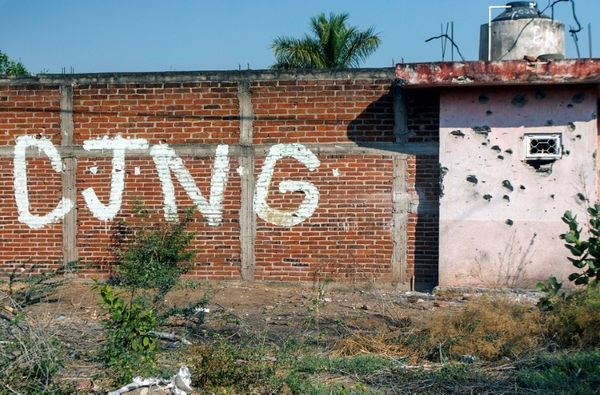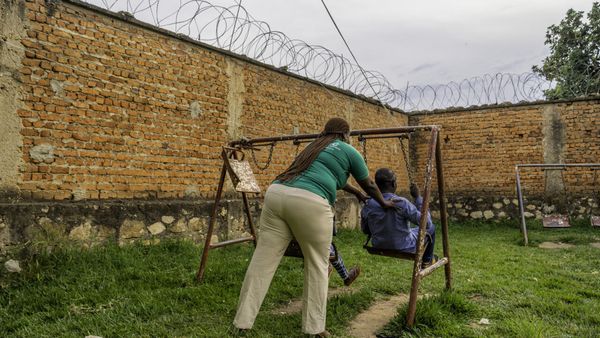
Predictions of the world ending have resurfaced, this time tied to September 2025. A South African preacher, Joshua Mhlakela, has claimed that Jesus's Second Coming will occur on 23–24 September. His prophecy, spread online through YouTube and amplified on TikTok under the hashtag #RaptureTok, has fuelled widespread anxiety among believers and casual social media users alike.
The date is linked to Rosh Hashanah, the Jewish New Year, which some Christian traditions associate with biblical prophecy. However, critics are quick to point out that similar claims in 2017 and many times before have all failed to materialise. With the panic building, the question arises: are we seeing yet another case of mass hysteria unfolding in real time?
What is Mass Hysteria?
Mass hysteria, also known as mass psychogenic illness, is when large groups of people share similar fears, symptoms, or behaviours without a clear physical cause. Psychologists trace it to groupthink, stress, and social pressure, all of which can lead individuals to believe and behave in ways they normally wouldn't.

According to past hysteria events, it can trigger real physical effects such as headaches, nausea, or fainting. These events are usually only recognised after the fact, when no environmental or medical explanation is found. With today's global social networks, the conditions for hysteria to spread are arguably stronger than ever.
Five Major Cases Through History
1. The Dancing Plague of 1518
In Strasbourg, hundreds of townspeople were gripped by an uncontrollable urge to dance. Some collapsed from exhaustion, and others are said to have died. Historians see it as a textbook case of collective stress expressed physically.
2. The Salem Witch Trials (1692)
Another ancient example of mass hysteria, historians label it as one of the most chilling ones.

In colonial Massachusetts, a wave of paranoia over witchcraft led to more than 200 accusations. Twenty people were executed. The trials are now seen as a chilling mix of fear, superstition and hysteria-driven injustice.
A play written by Arthur Miller in 1952 dramatises the events of the witch trials. It was later adapted into a feature film by Nicholas Hytner, starring Daniel Day-Lewis, Winona Ryder and Joan Allen.
3. The daycare panic of the 1980s
In the United States, rumours of satanic ritual abuse in childcare centres led to false prosecutions. Innocent workers spent years in prison, only to be exonerated later when the evidence collapsed.
4. The War of the Worlds broadcast (1938)

Orson Welles' radio play about a Martian invasion sparked panic in parts of the United States. Listeners who tuned in late thought the fictional news bulletins were real, showing how quickly fear can spread through trusted media.
5. The Le Roy Twitching Epidemic (2011)
In upstate New York, a group of teenage girls developed sudden tic-like movements. Investigations found no environmental cause, and the outbreak was later linked to psychological stress. The case remains one of the most discussed modern examples of mass psychogenic illness.
6. The Tragedy of Jonestown (1978)
Jonestown massacre is one of the most terrifying cases of mass hysteria, in which over 900 members of the Peoples Temple cult died at the command of their leader, Jim Jones. After facing intense scrutiny from the media, Jones convinced approximately 1,000 of his followers to move to Guyana in the mid-1970s.

It was believed that Jones instilled a siege mentality, convincing his followers that they were under attack from external forces.
Lessons From The Past
Some theories even suggest that the phenomenon of long COVID was also a type of mass hysteria. According to research, people who complained of experiencing long COVID were tested, and it was found that they were never infected with the coronavirus. These episodes, though separated by centuries, share a common thread where fear becomes contagious when amplified by authority figures, media, or cultural pressure.
Once a narrative takes hold, rational thought is often sidelined. Today, social media acts as a new amplifier, spreading alarming claims faster and wider than ever before.
Is Hysteria Driving the Rapture 2025 Panic?
The viral prophecy around September 2025 carries many of the same warning signs. Online videos mix biblical references with dramatic imagery, attracting millions of views. Hashtags like #RaptureTok push apocalyptic content onto younger audiences, some of whom report feeling anxious or fearful.
Yet scholars stress that the Bible offers no specific date for the Second Coming. Astronomers add that there is no evidence of any world-ending event in 2025. The failed 2017 'rapture' prediction, also tied to September 23, serves as a cautionary tale.







